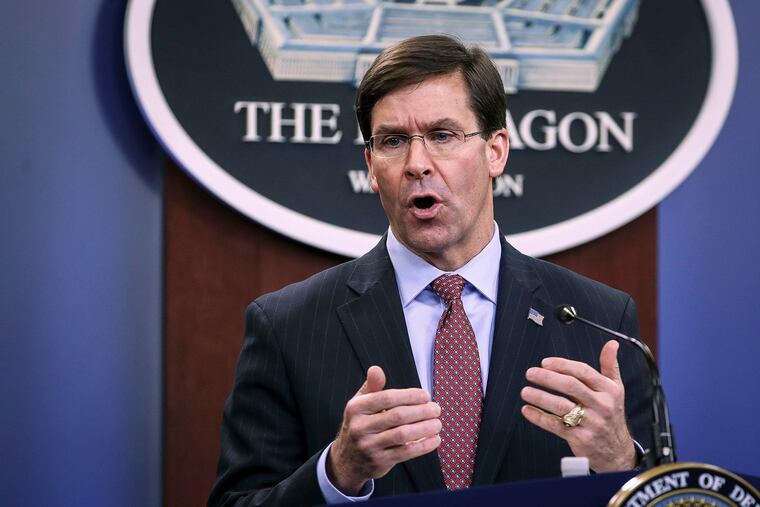Trump’s threat to strike Iranian cultural sites puts him in league with ISIS, Taliban | Trudy Rubin
The president should know that destroying Iran's cultural heritage sites would be a war crime and the hallmark of barbarians.

The president should know that destroying Iran's cultural heritage sites would be a war crime and the hallmark of barbarians.
